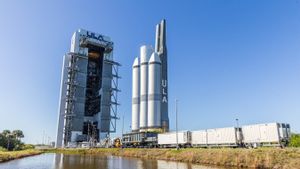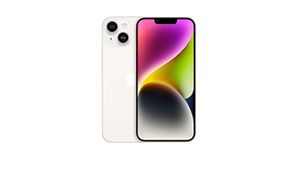JAKARTA NASA is still struggling to deal with dust on the Moon's surface. In a recent report, NASA explained that the dust problem on the Moon is not the same as the dust on the sofa.
The moon has no atmosphere so that its particle shape is more jagged even though it looks smooth like dust on Earth. With its sharpness, this dust can scratch anything, from spacesuits to the lungs of the astronauts if the dust is inhaled.
Lunar dust can also damage the technology launched by NASA or other space agencies because it can be collected on solar panels. If this dust covers the panel, the device will not be able to survive on a lunar night due to the lack of available power.
Kristen John, the Technical Integration Leader of NASA's Moon Surface Innovation Initiative, also confirmed the issue. John said that, "the contaminated surface (dust) looks clean." If left piled up on the thermal radiator, the dust could increase the temperature of the equipment.
So far, NASA has developed several projects that can address the problem of lunar dust, such as ClothBot, to emulate and measure the transport of lunar dust. This dust release is tested through the release of particles from a small size of the spacesuit fabric.
BACA JUGA:
There is also Electrostatic Dust Supption (EDL) to check the rising lunar dust when electrostatic charging occurs after exposure to ultraviolet light. During the flight, the EDL camera will record and illuminate the dust until it escapes the vacuum door.
Finally, there is Hermes Lunar-G which was developed with Texas A&M and Texas Space Technology Application and Research (T STAR). This technology uses hardware that has been tested by flight and was part of the International Space Station (ISS).
Hermes Lunar-G technology has four tubes to match the simulant during flight, takeoff, to landing. The data collected will be used to learn how to deal with or remove lunar dust from the device.
"Studying some basic properties about the behavior of lunar dust and the impact of lunar dust on the system have implications far beyond dust and environmental mitigation," said John.
The English, Chinese, Japanese, Arabic, and French versions are automatically generated by the AI. So there may still be inaccuracies in translating, please always see Indonesian as our main language. (system supported by DigitalSiber.id)


















